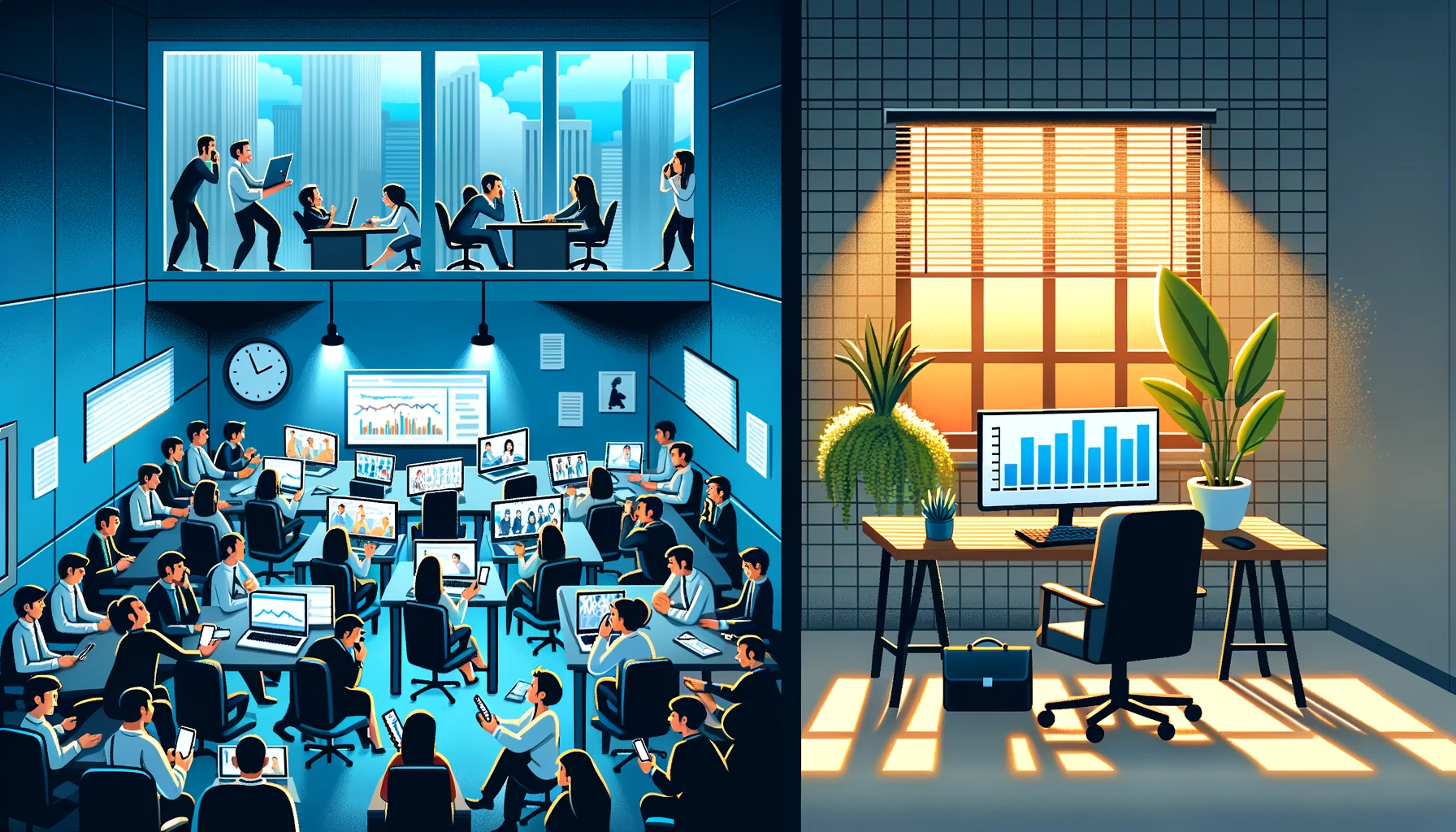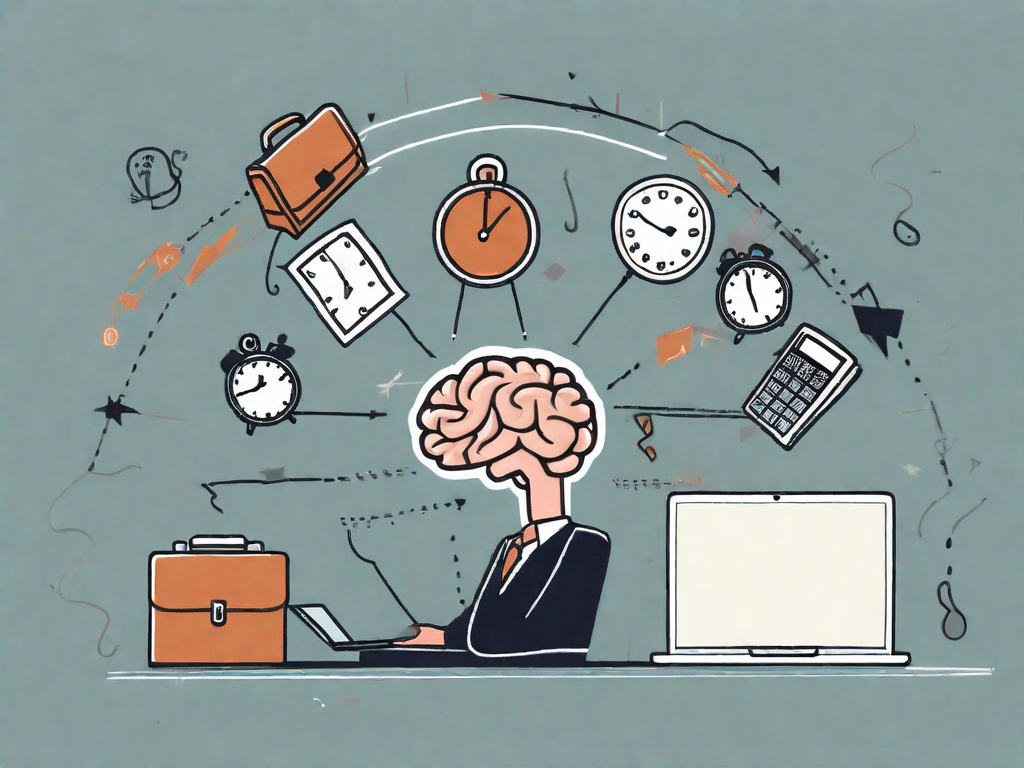

Return-to-Office Mandates: Beyond Commutes and Flexibility, to “Quiet”
As CEOs around the country struggle with how to convince employees to return to the office, the debate often centers around hybrid flexibility and the pains of commuting. While these are valid concerns, they only scratch the surface of a deeper issue that many workers have with open office environments.
Joe McCormack, author of the books Noise and BRIEF, captures part of this sentiment: “In an age of information overload, quality collaboration and concentration are essential,” he says.
However, author Cal Newport’s concept of “deep work” sheds light on another significant aspect of the challenge: The true issues in returning to the office lie in the problems of excessive collaboration, poor communication, and the lack of quiet spaces for deep, focused work.
What leaders are missing is the fact that the current workplace environment actually discourages their workers’ return to office. Here’s why:
The Myth of Constant Collaboration
The modern office was designed with the idea that more collaboration always equates to better outcomes, but this isn’t necessarily the case. While collaboration is crucial, excessive collaboration can lead to decision paralysis and reduced individual productivity. As McCormack points out in BRIEF, “Being clear is not enough. You must also be concise.”
Solution: Companies need to ensure meetings and collaborative sessions have clear agendas and are as concise and on-point as possible. When people collaborate, they need to have a plan and be prepared. Random encounters rarely produce breakthroughs and often just sidetrack real work.
Poor Communication Masquerading as Openness
In an open office, it’s common for employees to experience “infobesity;” too many meetings and drive-by conversations, and too much instant messaging to get any work done at all. This communication-overload begins to feel like drinking from a firehose instead of sipping from a glass. McCormack’s wisdom from BRIEF rings true: “Think before you speak or write. What do you need to say, and why is it important right now?”
Solution: Encourage preparation before face-to-face interactions and use one-pagers or brief executive summaries to convey complex topics. Investing in communication training can also enhance clarity and understanding, while lowering the volume of information.
The Quest for Quiet and Deep Work
In his book “Deep Work,” Cal Newport describes the ability to focus without distraction on a cognitively demanding task. This level of focus is difficult to achieve in a bustling, open, networked office environment, especially with the lack of quiet spaces. Drawing inspiration from both “Noise” by McCormack and Newport’s emphasis on deep work, it’s evident that employees need solitude to engage in tasks that require profound concentration.
Solution: Designate quiet zones within the office and provide tools or training to help employees filter out distractions. Creating a culture that respects and understands the importance of quiet work alone will enable employees to carve out the time they need for such tasks without fear of interruption.
Final Thoughts
While commutes and flexibility are key concerns, the post-pandemic office should be reimagined as a space where employees can communicate clearly, collaborate effectively, and focus deeply. By heeding the insights from thought leaders like Joe McCormack and Cal Newport, businesses can create an office environment where employees can return and thrive.





